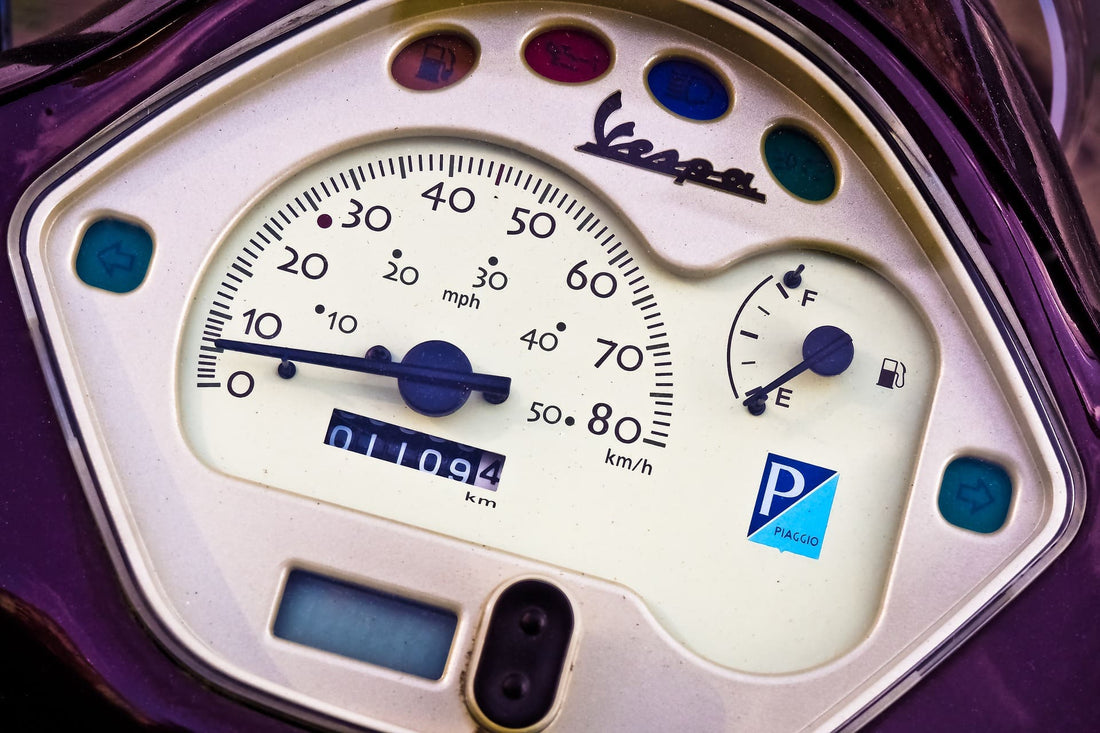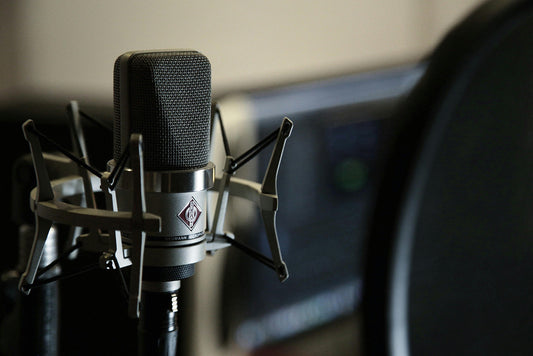Varying mileage
by Paul McGowan
Two identical car models will both live up to their performance promise, yet they come with a warning their mileage will vary.
Of course, the variance is not in the car's performance but rather in the drivers.
Stereo equipment is no different.
Identical systems in different hands and rooms will never be the same. A fact that makes it rather difficult to provide an accurate list of expectations.
What we can confidently provide are trends, flavors, and promises. "Our new transport will reveal once-hidden nuance and detail. Its sound is sweet and never fatiguing."
Your mileage as measured by exacting standards will most certainly vary.
What should never vary is how we feel—our emotional response to a promise given.
- Choosing a selection results in a full page refresh.
- Opens in a new window.








